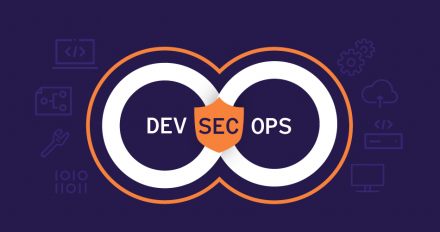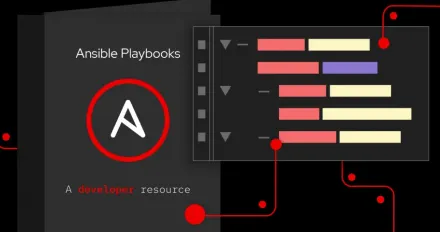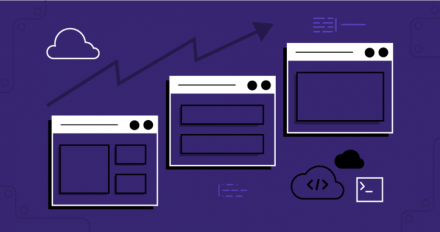
Modernize and migrate to Kubernetes with open source tools
Modernize monolithic apps into containerized services on Kubernetes. This case study shows you how to migrate an n-tier app using Konveyor open source tools.

Modernize monolithic apps into containerized services on Kubernetes. This case study shows you how to migrate an n-tier app using Konveyor open source tools.

Extend common DevOps tools and processes with DevSecOps to improve app security. Enable security automation and help teams collaborate on security policies.

Learn how to use a build pipeline for building and storing application images. Includes Container Certification requirements, tagging, and compliance.

Use this lab to learn how to install additional software into a container image.

Learn how to use Package Managers to reduce user errors, and how to automate...

Learn a useful series of must-know commands, from finding files to checking the...

Use this open environment to find resources associated with the Linux topics...

Get a step-by-step guide to using Helm charts for Red Hat JBoss Enterprise Application Platform to build a bootable JAR with enterprise capabilities.

Learn how to add multiple subflows to a Multipath TCP (MPTCP) extension on Red Hat Enterprise Linux 8. Discover how to test and verify subflows on MPTCP.

Learn a simpler way to deploy a Java application to Red Hat OpenShift using Helm charts, then connect the application to a PostgreSQL database.

Discover practices and tools (i.e., shared IDEs and automated pipelines) to refine collaboration and security of remote dev teams with OpenShift Dev Spaces.

Automate your Red Hat JBoss Web Server deployments using Ansible. Follow this tutorial to activate mod_cluster and make managing your JBoss Web Server easy.

Why should developers learn Ansible? Find out how this simple yet powerful DevOps tool makes automating environments and configuring systems easy.

Learn to write, configure, and install a webhook that intercepts and validates Kubernetes requests, stopping users from creating rules with invalid fields.

Use Golang, Minikube, and the Kubernetes Operator SDK 1.11+ to create and deploy a Kubernetes Operator on your local system in this tutorial.

Learn why Ansible should be your go-to tool for fully automated JBoss Web Server deployments on Red Hat Enterprise Linux. This tutorial gets you started.

Learn about Open Data Hub 1.1.0 and its new JupyterHub capabilities and improved user experience, including customizable parameters, dashboard and interface.

Explore new features in Red Hat JBoss Enterprise Application Platform 7.4, including enhancements for security, management, and developer productivity.

Learn how to use the GitOps app manager's kam command-line interface to bootstrap repositories. This generation process helps streamline application delivery.

Improve deployment processes and outcomes by applying machine learning in each phase of the GitOps life cycle. Automate your infrastructure with Red Hat.

Secure open source, cloud-native APIs with Authorino. This external authorization service lets you configure it quickly via the Kubernetes API for flexible use.

Discover how the Shipwright framework builds modern, flexible, and secure container images for Kubernetes orchestration system using Tekton to run workloads.

No matter where you are in your software development career, from just starting, to re-training, to expert-level but needing a brush-up, the Red Hat Developer program can help with tutorials and learning.

Follow this tutorial to size your single-sign on project. Learn how to design benchmarks and assess performance to develop an more precise estimate.

Learn how to create a smooth user experience for front-end developers. This article discusses common pain points for those first users and how to mitigate them.